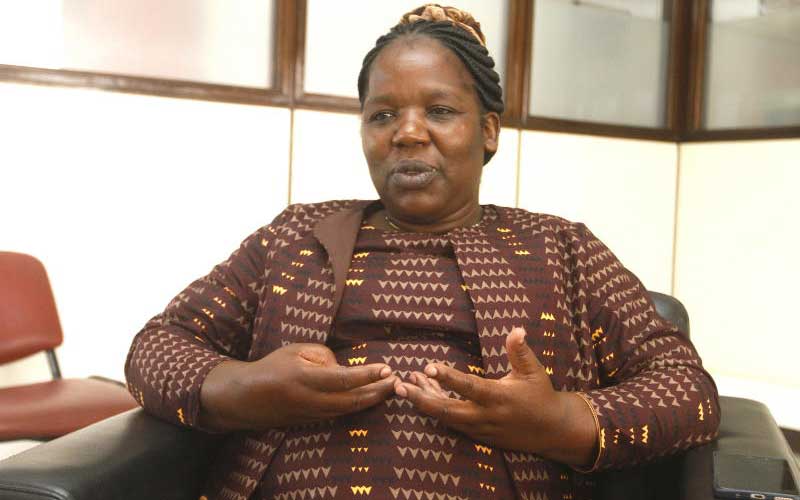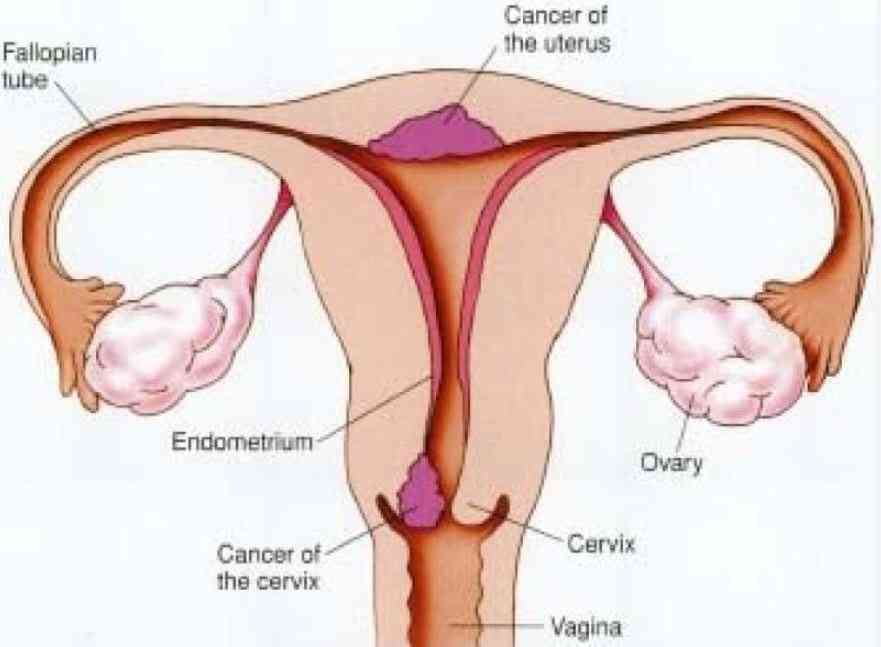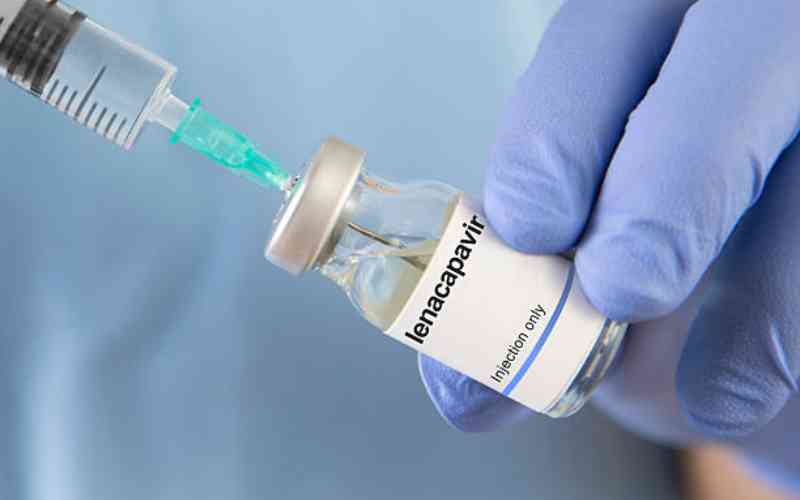
When Petronilah Kemunto was in high school, she would suffer bouts of zoning off and what seemed like deep daydreaming that lasted a few seconds.
Her teachers were concerned because this habit was affecting her school performance and her grades started falling. But what she and her teachers did not know was that this was not regular daydreaming. Years later, Kemunto learned that what she had been experiencing were partial seizures. All this time, she had been having epilepsy.
There are many types of epilepsy, but the most common type is the one in which the entire body is thrown into involuntary fits, with eyes rolling, folding of the mouth and the sufferer becomes unconscious for five to 10 minutes. These type of fits are known as tonic clonic seizures.
Partial seizures
What Kemunto had were complex partial seizures, which were later exacerbated by a back injury that she had two months into employment. After suffering convulsions from the back pain, she was then diagnosed with epilepsy.
“I was in denial because of the stigma surrounding epilepsy,” says Kemunto, a nurse at Kenyatta National Hospital.
According to research by KEMRI, there is lack of widespread awareness on epilepsy in Kenya, which is further compounded by a misconception that epilepsy is caused by supernatural powers or possession by evil spirits.
People would tell her she had been bewitched and while others told her she had been looked at by someone with “an evil eye”. At some point, she even contemplated ending her own life.
Statistics show that epilepsy is a common disease occurring in around three per cent of the population. Fortunately, about 70 per cent patients can be treated with medication. With recent advancements in medicine, that figure has now risen to 80 per cent. However, 20 per cent of people with epilepsy do not respond to treatment with medication, and unfortunately, Kemunto was among them.
After seven years of medication, there was still no marked improvement in her condition and Kemunto was having multiple seizures in a day.
But, there is light at the end of the tunnel with the advent of new treatment options. Patients like Kemunto can now have brain surgery to treat this condition.
Dr Somesh Desai, a neurosurgeon at Apollo Hospital in Ahmedabad, India whose main area of interest is epilepsy was at the head of the team that successfully operated on Kemunto, giving her a new lease of life.
“Before performing the surgery, we evaluate them for the cause of the epilepsy to find the focus of the seizures in the brain using several imaging techniques like MRI, functional MRI, SPECT scans trying to find the focus of the epilepsy. If we are successful in finding the focus of the seizures, then we go ahead with the surgery,” says Dr Desai.
In an interview with Sunday Standard, Dr Desai said the setup required to perform the complex surgery makes it difficult for the procedure to be done here in Kenya and in a lot of other places. “It is a comprehensive epilepsy program in which you need a neurosurgeon, you need a neurophysician, a psychologist, a good neuro-radiologist and a technician,” he said.
Petronillah had 3mm of her brain removed. “She had Mesial temporal sclerosis (MTS), one of the common causes of temporal lobe epilepsy. We performed amygdalohippocampectomy and temporal lobectomy in her after doing several tests and she got fantastic results,” says Dr Desai.
Amygdalohippocampectomy is a surgical procedure involving the removal of two structures forming part of the limbic system of the brain - the hippocampus, which is responsible for memory, spatial awareness, and navigation; and the amygdalae, which have a role in the processing and memory of emotional reactions. On the other hand, lobectomy is the surgical removal of a lobe of an organ such as the thyroid gland, lung, liver, or brain.
Kemunto had a lot of support from her workplace, but unfortunately, epilepsy is one of the conditions which is not covered by medical insurance, and patients like Kemunto still have to fork out as much as Sh2,500 a day for just one of the types of medicine to manage the condition.
Still, the situation is not as bleak as it used to be, and patients who previously did not respond to medication now have an option that allows them to resume normal life.
 The Standard Group Plc is a multi-media organization with investments in media
platforms spanning newspaper print
operations, television, radio broadcasting, digital and online services. The
Standard Group is recognized as a
leading multi-media house in Kenya with a key influence in matters of national
and international interest.
The Standard Group Plc is a multi-media organization with investments in media
platforms spanning newspaper print
operations, television, radio broadcasting, digital and online services. The
Standard Group is recognized as a
leading multi-media house in Kenya with a key influence in matters of national
and international interest.











